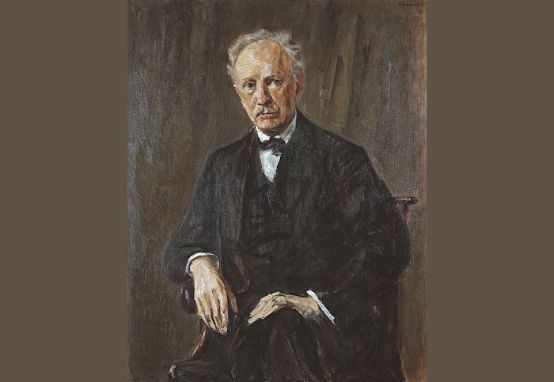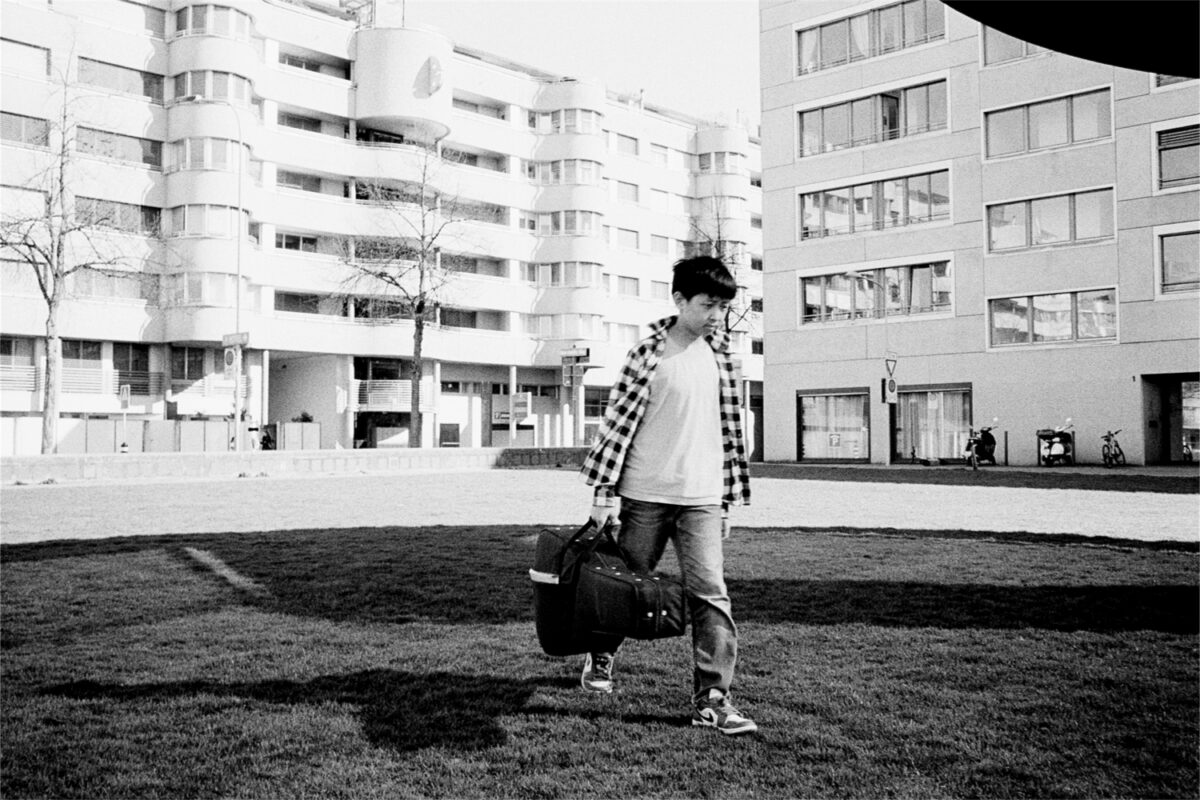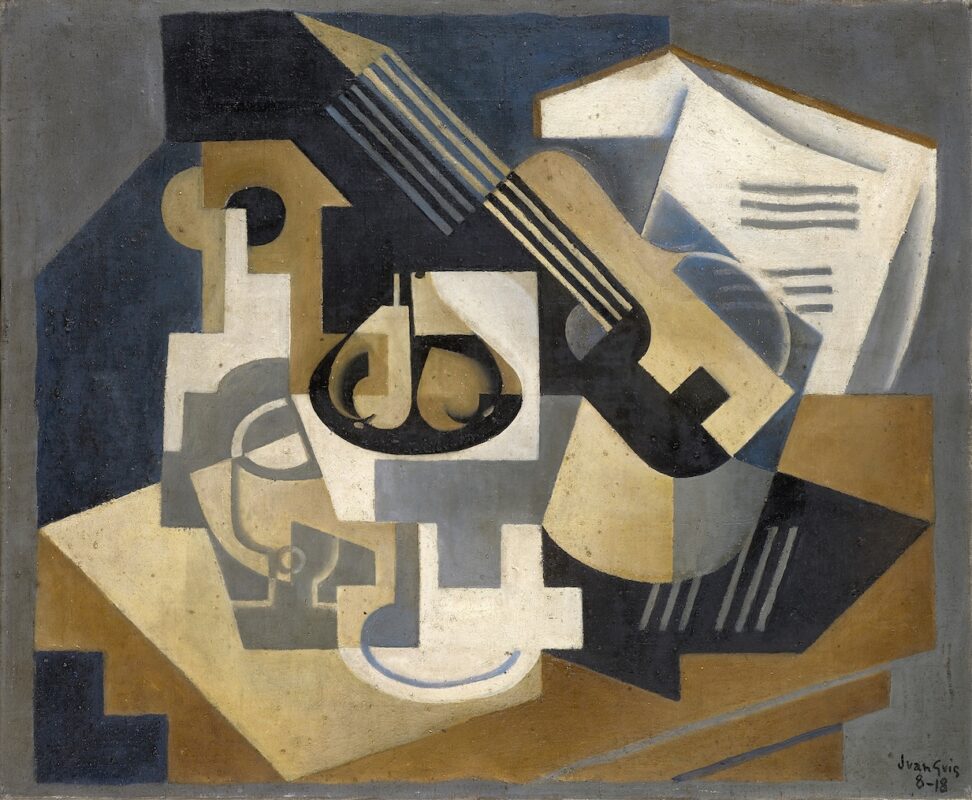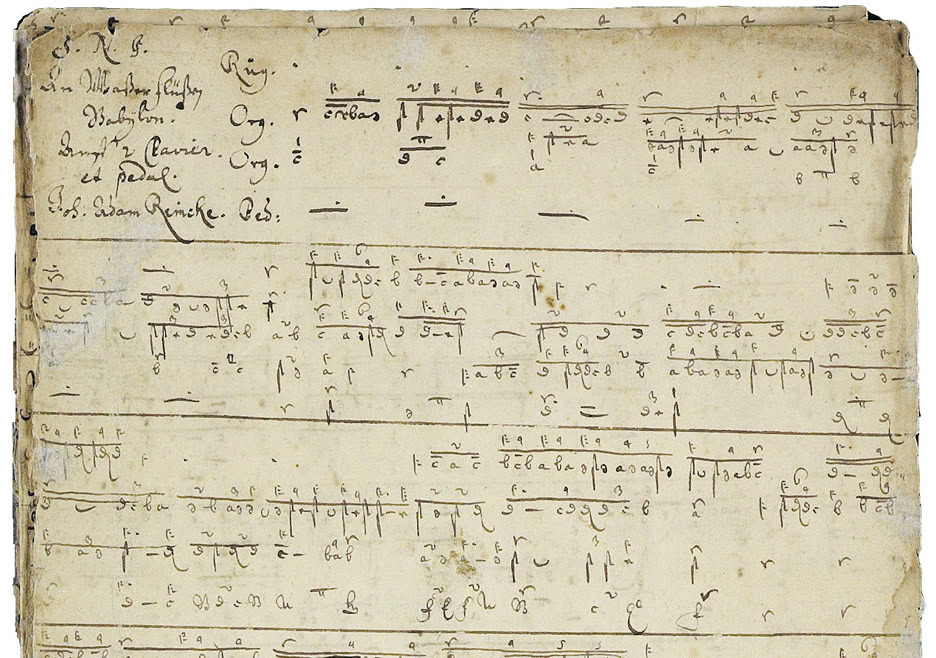Long awaited new edition
Will Hansjörg Schellenberger's edition of Richard Strauss' oboe concerto now clarify many a controversial point?

On a list of "eagerly awaited" new editions, Richard Strauss' concerto would certainly be at the top of the list for oboe players. The newly published Henle Urtext edition therefore raises high hopes that much-voiced doubts and ambiguities in the Boosey & Hawkes edition have now been removed and a reference edition created.
To anticipate: The new edition, supervised by the former oboist of the Berlin Philharmonic, Hansjörg Schellenberger, has been compiled in a serious manner and for the first time also takes into account the performance material from the first performance in Zurich. It therefore fulfills the requirements to become a new standard. At the same time, it must be mentioned that the Boosey & Hawkes edition was not so bad, because it is based on the same main source (namely the practically error-free autograph score) and has already undergone several corrections compared to the first edition.
The big plus of the new edition is certainly the editorial report, which mentions and illuminates all source-relevant and editorial details. This is really fun in the digital version of the Henle Library, because here all the passages about which something is written in the edition report appear marked in blue. In the print version, only a few (mostly superfluous) footnotes are included, and occasionally extremely important ossias of objectively equal readings are omitted entirely. It is incomprehensible, for example, that a new reading in the 3rd movement (m. 386) appears without an ossia or direct footnote, as it has presumably never been played in this way before and also makes little musical sense.
The fact that many words are lost at figures 9 and 10 as to whether sfzp or p sfz could be meant is also incomprehensible. A glance at the autograph score clearly shows that Strauss did not write the two markings next to each other, but diagonally below each other. It is therefore clear that the dynamics of the passage should be piano and that sfz at this point means an articulation indication, namely a clear accent. The fact that in modern editions all dynamic indications have to appear on the same graphic level should be urgently reconsidered in this context! The fixing of a controversial note in the first bassoon (two bars before figure 23) to d also seems less than happy to me; although it is an improvement on f in the previous edition, c (as it appears in Strauss's particell) would certainly have been the better variant in terms of voice leading and harmonic interpretation.
The instrumental indications in the piano reduction are pleasing, otherwise there are no major differences to the earlier edition. It is a pity, however, that the first recording of the work (1947; Léon Goossens, Philharmonia Orchestra, conducted by Alceo Galliera) was not included as a source, as it was obviously made using the first edition and is therefore the only audio document with the original ending of the work. Nobody will want to play this first (shortened) ending today, but it would have been interesting if Henle had included it in this edition in order to provide valuable insights into Strauss's compositional workshop and his thinking.
Richard Strauss: Oboe Concerto in D major, edited by Hansjörg Schellenberger; piano reduction by Johannes Umbreit, HN 1248, € 24.00; study score, HN 7248, € 15.00; G. Henle, Munich









